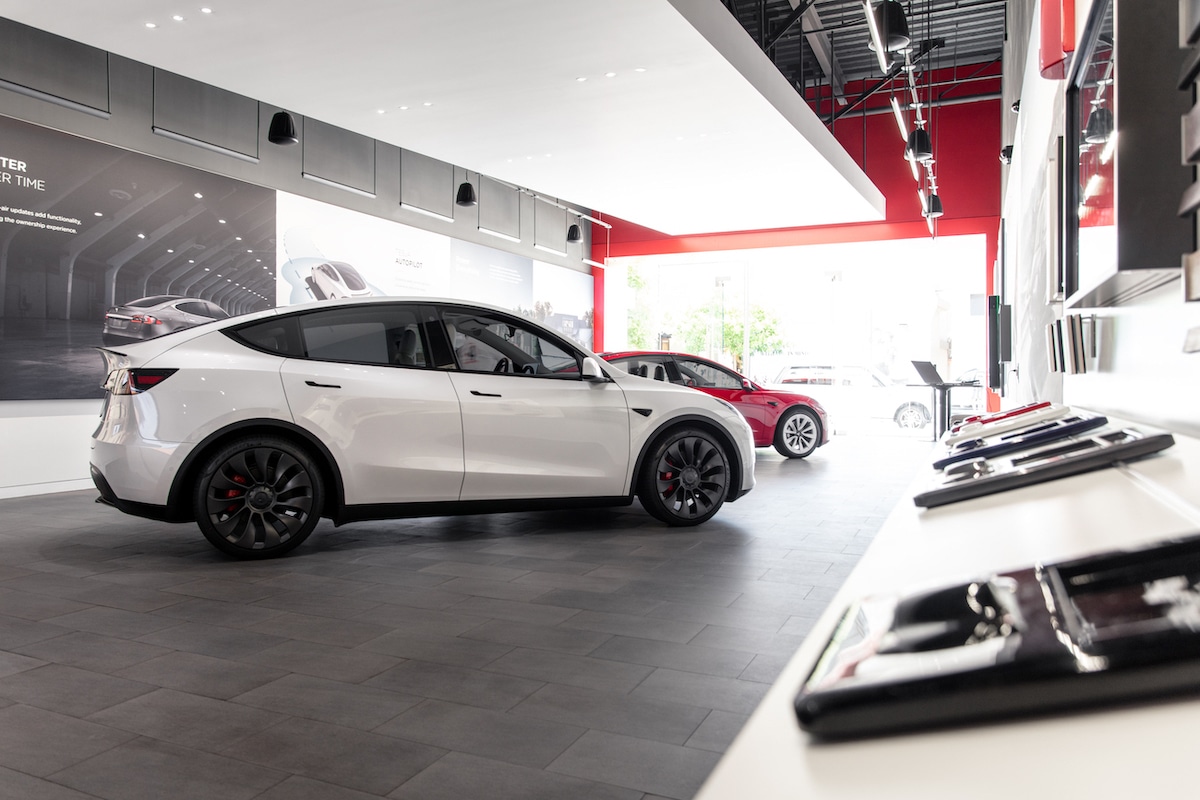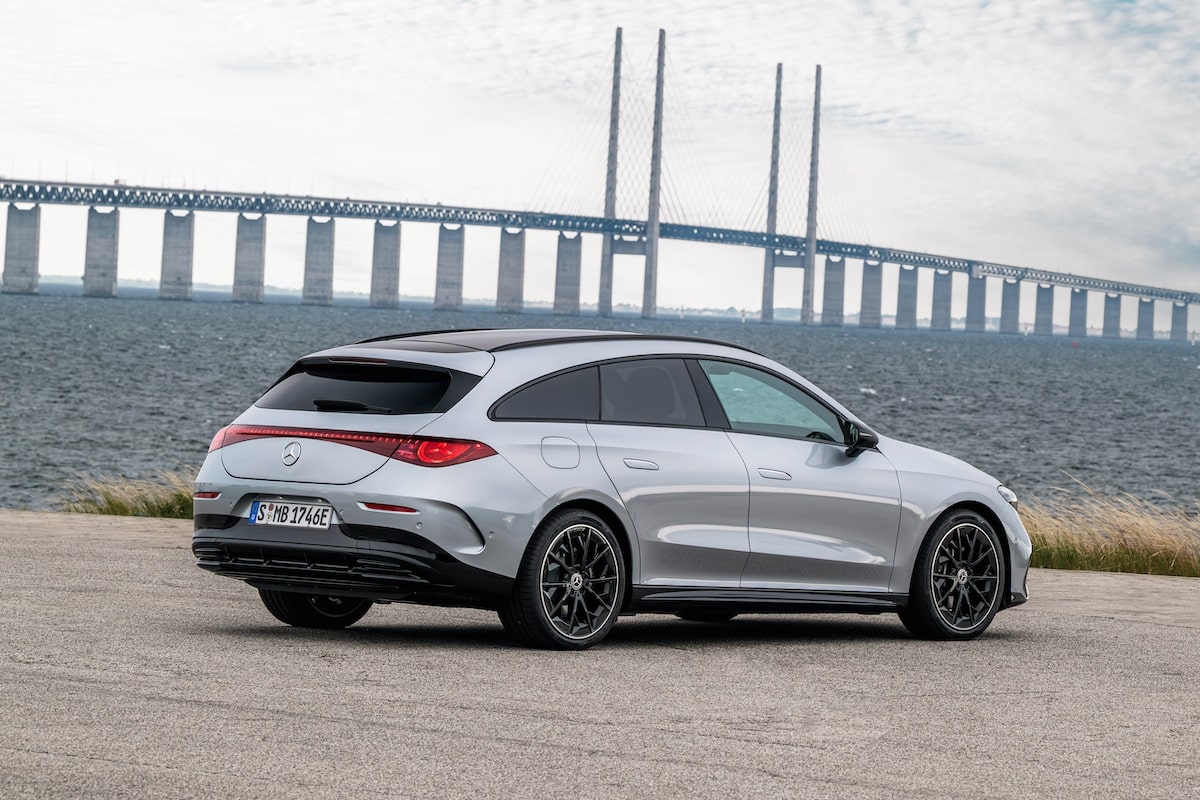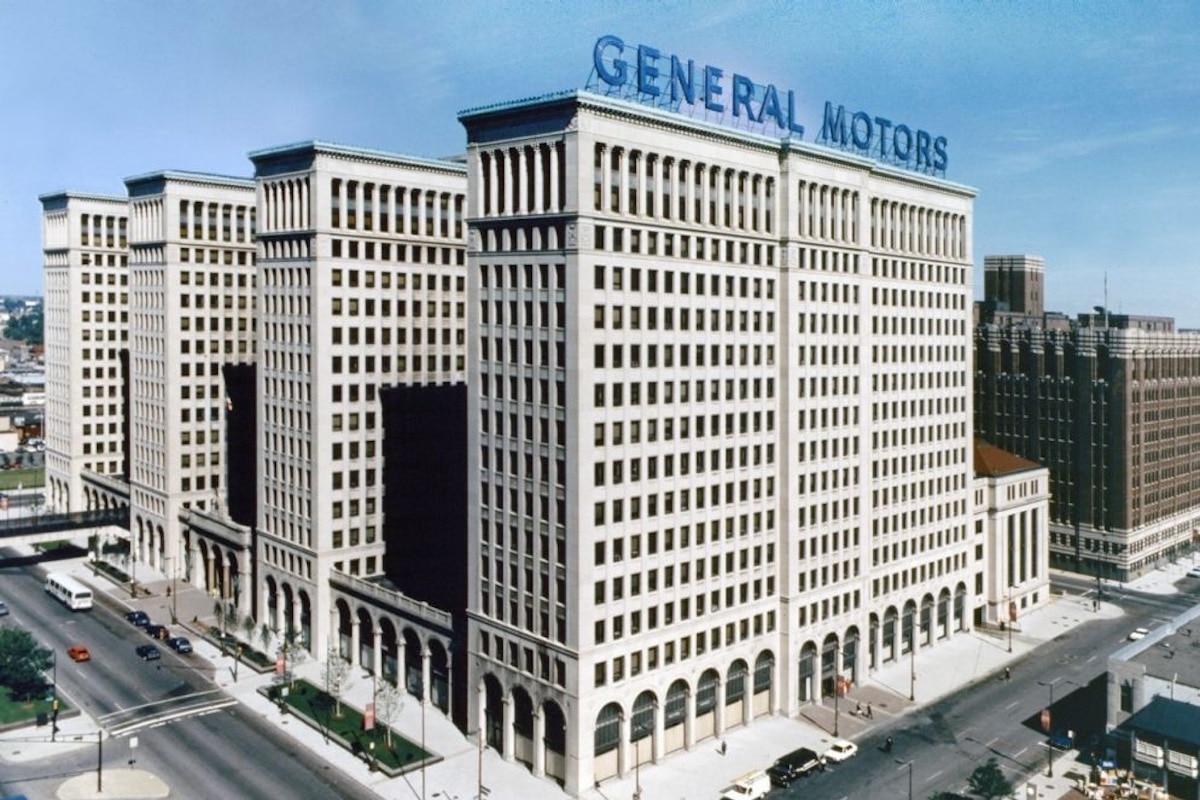Automobile: Why is a Long-Term Lease (LLD) more expensive than a Lease with Option to Purchase (LOA)?

It’s not easy to navigate through the various rental options offered by manufacturers. Here’s an explanation comparing LLD and LOA.
The Long-Term Rental (LLD) and the Rental with Purchase Option (LOA) are two commonly used automotive financing options, each with its specifics and associated costs. Taking the example of the Tesla Model Y, it is possible to demonstrate why a LLD often costs more than a LOA for the same car.
Understanding the Two Options
LLD (Long-Term Rental):
The LLD is a rental option where the user rents the vehicle for a specified period (usually between 24 and 60 months), with a defined maximum mileage and included services such as maintenance, repairs, and assistance. At the end of the contract, the renter returns the vehicle with no option to purchase.
LOA (Rental with Purchase Option):
The LOA, also known as leasing, allows renting the vehicle with a purchase option at the end of the contract. The renter can choose to exercise the purchase option to become the owner of the vehicle by paying the residual value, or return the vehicle.
Costs Associated with the Two Options
- Residual value and monthly payments:
- LOA: Monthly payments in LOA are generally lower because they are calculated based on the car’s depreciation over the rental period. For example, a Tesla Model Y with an initial purchase price of €44,990 (-€4,000 eco bonus) might have a residual value of €30,000 after 3 years. If the renter decides to buy the car at the end of the rental period, they only pay the difference between these two amounts (approximately €20,000 in monthly payments + interest + residual value).
- LLD: In LLD, monthly payments are often higher because they include not only the vehicle’s depreciation but also service costs (maintenance, repairs, insurance). LLD companies also take into account the risk of greater-than-expected devaluation and additional administrative fees.
- Maintenance and services:
- LOA: Maintenance and repairs are not always included in the contract, which can reduce initial costs. However, these expenses will need to be covered by the renter, sometimes leading to unexpected additional costs.
- LLD: LLD contracts often include a full range of services: maintenance, repairs, claims management, etc. This provides peace of mind for the renter but is also reflected in higher monthly payments.
- Fees and taxes:
- LOA: Processing fees, registration taxes, and insurances can be paid separately, allowing the renter to choose their providers and potentially save costs.
- LLD: LLD often includes administrative fees and insurances in the monthly payments, which increases the total cost but simplifies management for the renter.
- Flexibility and commitment:
- LOA: The renter has the option to buy the vehicle at the end of the contract, providing additional flexibility. This possibility of becoming an owner positively influences the monthly payments, making them often cheaper than those of LLD.
- LLD: There is no purchase option at the end of an LLD contract, which can be seen as a limitation. Additionally, return conditions may include extra fees for damages and mileage overages.
Case Study: Tesla Model Y Propulsion (June 2024)
To illustrate these differences with concrete figures, let’s take the example of the Tesla Model Y Propulsion:
- Initial purchase price: €44,990 (-€4,000 eco bonus)
- Rental duration: 36 months
- Annual mileage: 10,000 km
LOA:
- Down payment: €0 (€4,000 from the eco bonus)
- Monthly payments: approximately €527 per month
- Total amount with purchase at the end of the contract: €48,096
- Maintenance over the period: approximately €1,000, or about €28 per month (making it €555 per month)
- Restoration fees at the end of the rental: variable
LLD:
- Down payment: €0 (€4,000 from the eco bonus)
- Financing rate: 3.1% (hypothetical)
- Monthly payments: approximately €587 per month (including maintenance, insurance, etc.)
- Restoration fees at the end of the rental: variable
Comparing these figures, it is evident that LLD monthly payments are higher due to the inclusion of additional services and the absence of a residual value to recover at the end of the contract. Furthermore, the administrative costs and safety margins of LLD companies increase the overall cost.
Conclusion
Generally, LLD costs more than LOA for the same car like the Tesla Model Y due to included services, the absence of recoverable residual value by the renter, and higher administrative fees. While LLD offers some peace of mind with its all-inclusive services, LOA provides flexibility and an option to purchase that reduces monthly costs for the renter.
This page is translated from the original post "Automobile : pourquoi une LLD coûte plus cher qu’une LOA ?" in French.
We also suggestthese articles:
Also read






